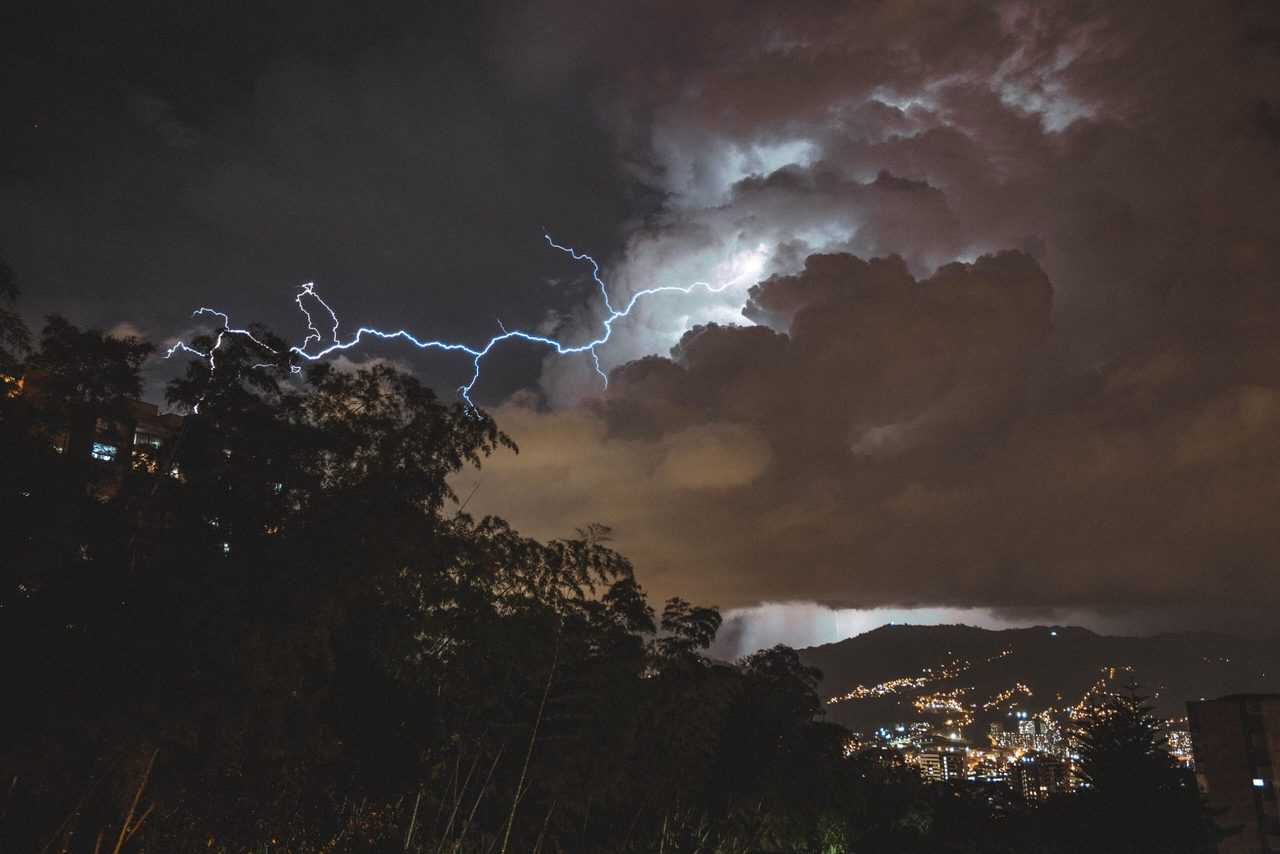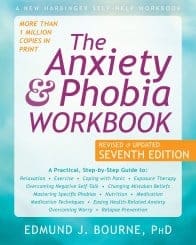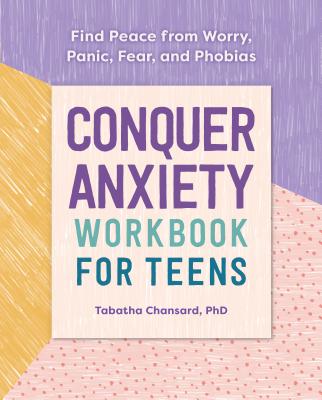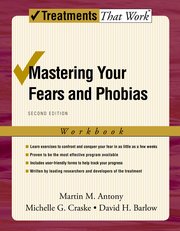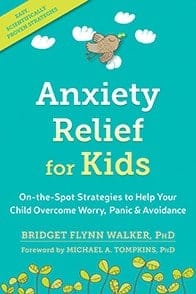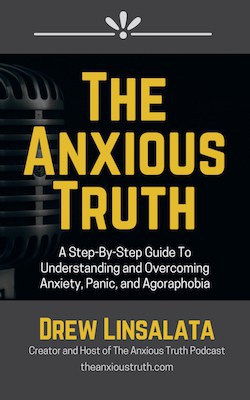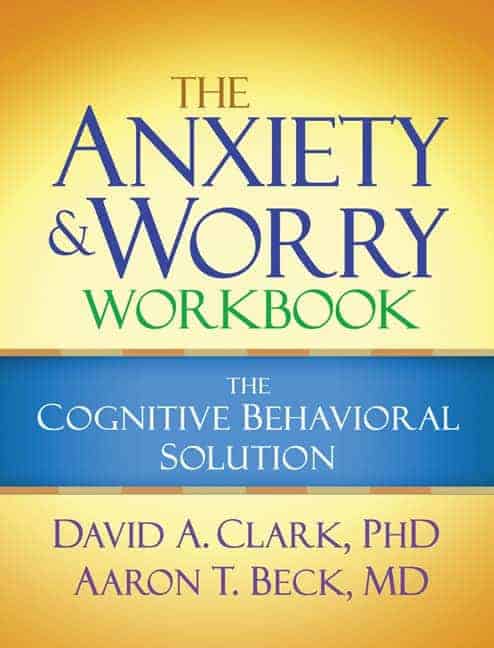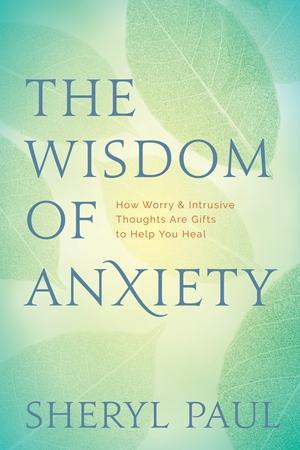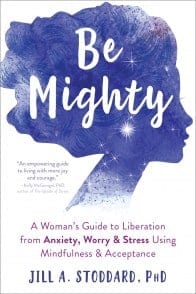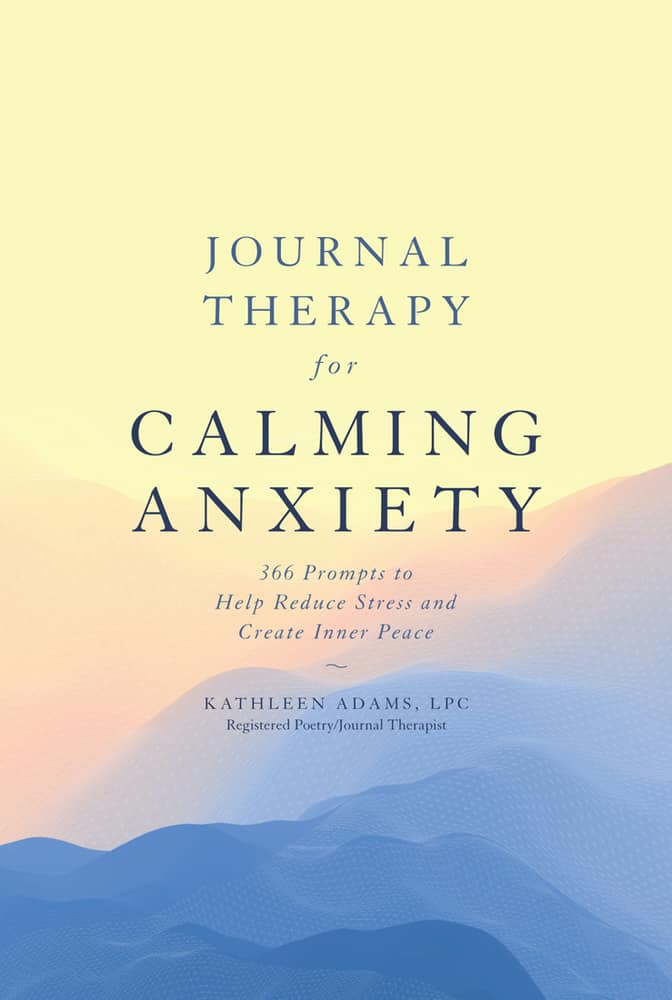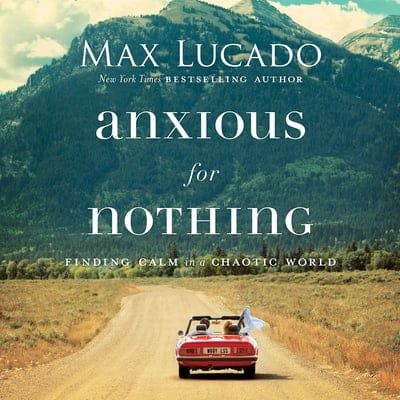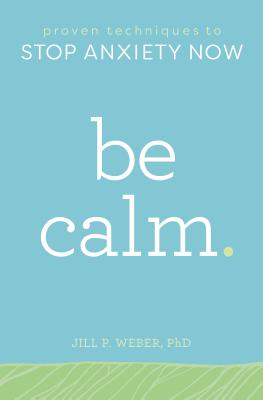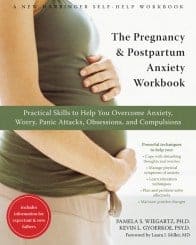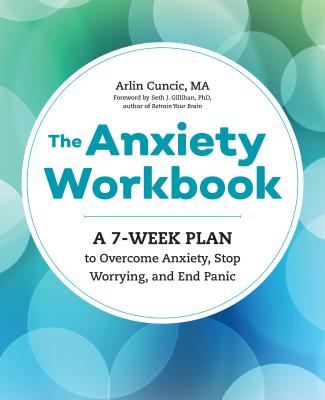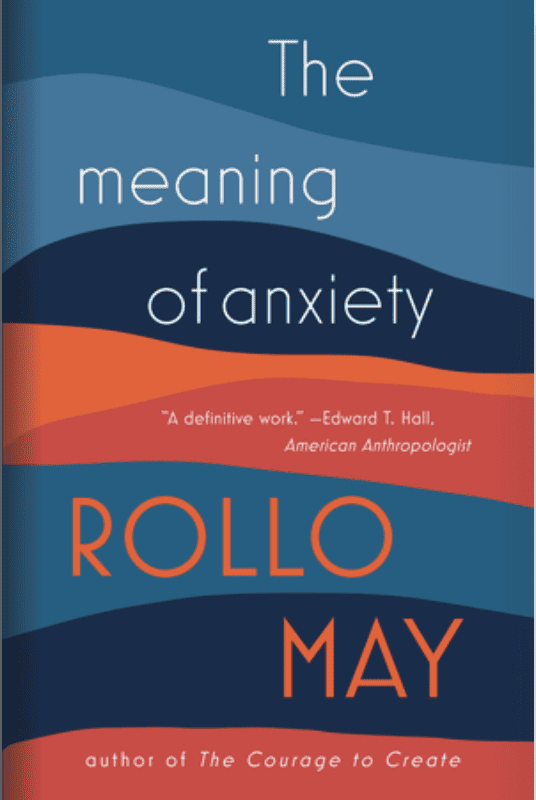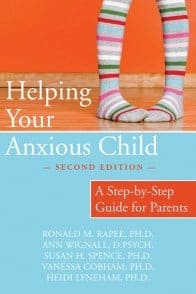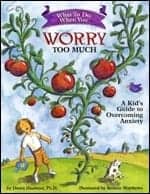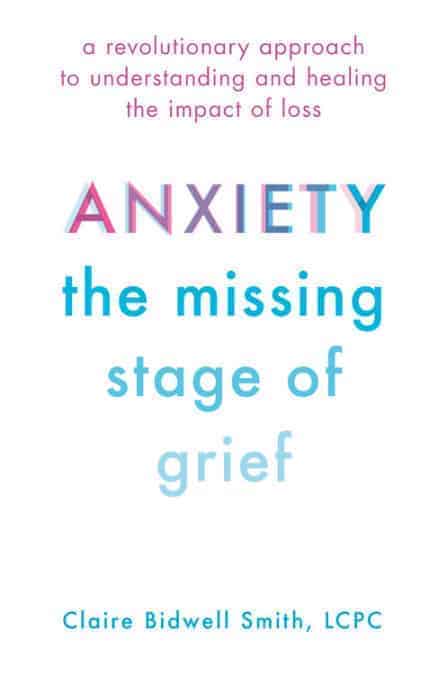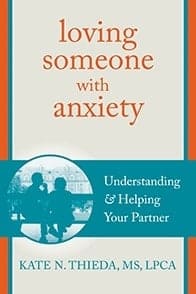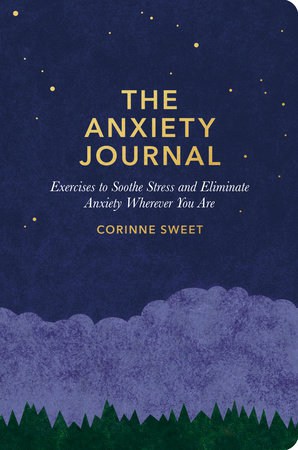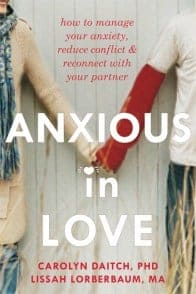Mental Health and Conditions
Anxiety: Symptoms, Types, and Treatments
THC Editorial Team February 18, 2021

Contents
- Overview
- What Is Anxiety?
- What Are the Symptoms of Anxiety?
- Types of Anxiety Disorders
- Causes and Risk Factors of Anxiety
- How Are Anxiety Disorders Diagnosed?
- Treatments for Anxiety and Anxiety Disorders
What Is Anxiety?
Anxiety is an emotion that refers to concerns, worry, and/or fear about a situation. In clinical terms, anxiety refers to instances when a person experiences excessive fear or apprehension about a situation.1 “Fear is the emotional response to real or perceived imminent threat, whereas anxiety is anticipation of future threat.”2
Anxiety, within normal bounds, can be a “gift of wisdom.”
Anxiety, within normal bounds, can be a “gift of wisdom.”3 It acts as a tool, or indicator, to communicate our internal perceptions about the external world. It can prompt us to reflect on or prepare for stressful but important occasions, such as an exam, a first date, or a competition. However, excessive anxiety can profoundly affect our minds and bodies in adverse ways. Modern life—and its associated challenges—is conducive to abnormal levels of anxiety. Our Western concepts of time management and our notion of productivity, the divisive rhetoric in the news media, and our fast-paced, high-stress work environments contribute to heightened baseline anxiety.
What Are the Symptoms of Anxiety?
Symptoms of anxiety can vary among people, but some common ones are listed below.4,5,6
Physical
- feelings of pressure on the chest
- pounding or racing heart
- shortness of breath
- sweating
- trembling or shaking
- muscle tension
- problems falling or staying asleep
- headaches, fatigue, or insomnia
- upset stomach, frequent urination, or diarrhea
Emotional or Mental
- restlessness or irritability
- tension or jumpiness
- difficulty focusing or concentrating
- anticipating the worst and watching for signs of danger
- recurring intrusive thoughts
- irrational worries about objects or situations
- impending feelings of doom
- difficulty managing feelings of worry
Types of Anxiety Disorders
An anxiety disorder is a condition characterized by prolonged abnormal anxiety levels. Anxiety disorders are the most prevalent mental health conditions in the world. In 2017, an estimated 284 million people experienced an anxiety disorder globally.7 The World Health Organization estimates that anxiety disorders make up 4% of existing disabilities worldwide.8
Anxiety disorders comprise the following subgroupings, or types, according to the American Psychiatric Association’s Diagnostic and Statistical Manual of Mental Disorders (5th edition; DSM-5).2
Specific Phobias
People with specific phobias are excessively fearful of, anxious about, or avoid certain objects or situations. Anxiety is almost always immediately induced by an encounter with the feared object or situation. It is usually both persistent and disproportionate to actual risk in the situation. Various types of specific phobias include ones related to animals, the natural environment, blood, injections, and injury, but many others exist.
Social Anxiety Disorder
In social anxiety disorder (also known as social phobia), a person is fearful of, anxious about, or tries to avoid social situations and interactions—particularly when they think they may be scrutinized by other people. Such interactions can include meeting unfamiliar people or eating, drinking, or otherwise performing while being observed by others. People may experience distressing thoughts and feelings about embarrassment, humiliation, rejection, or offending others in these situations.
Panic Disorder
In panic disorder, a person experiences recurring and unexpected panic attacks—abrupt feelings of intense fear or discomfort that peak within minutes and accompany other distressful physical, mental, and/or emotional symptoms. A panic attack may be anticipated, typically in relation to a feared object or situation, or unexpected, occurring for no apparent reason. People with panic disorder are consumed with persistent worry and concern about having subsequent panic attacks. They may also modify their behavior in counterproductive ways due to panic attacks; for example, they may avoid exercise or unfamiliar locations.
Agoraphobia
A person with agoraphobia “is fearful and anxious about two or more of the following situations: using public transportation, being in open spaces, being in enclosed places, standing in line or being in a crowd, or being alone outside the home in other situations.”2 The person fears these situations because they think that an “escape may be difficult” or that “help may not be available if they develop panic-like or other overwhelmingly distressful or embarrassing symptoms.”2 A person with agoraphobia almost always experiences fear or anxiety in response to triggering situations and therefore often avoids these situations or requires someone to accompany them to help manage their negative feelings.
Generalized Anxiety Disorder
The key features of generalized anxiety disorder (GAD) are persistent and excessive anxiety and worry about a number of situations a person considers challenging to control, such as work and school performance, their or their loved ones’ health and safety, or even minor everyday responsibilities. Individuals with GAD often worry more about a situation, experience, or thing than what seems warranted. People with this disorder experience physical symptoms that include “restlessness or edginess, fatigue, difficulty concentrating, irritability, muscle tension, and sleep disturbance.”2
Selective Mutism
Selective mutism is a relatively rare psychological condition that typically begins during early childhood. Children affected by selective mutism are unable to speak in specific social settings where communication is necessary; however, they can speak without issue in places where they feel relaxed and comfortable.
Separation Anxiety Disorder
Separation anxiety disorder, diagnosed according to an individual’s development level, is defined by great anxiety about or fear of being separated from home or attachment figures. In the United States, about 4% of children and 1%–2% of adults experience separation anxiety disorder at a given time. It is the most common anxiety disorder in children.2
Substance/Medication-Induced Anxiety Disorder
“Substance/medication-induced anxiety disorder involves panic attacks or anxiety caused by substance intoxication or withdrawal or by a medication.”2
Anxiety Disorder Due to Another Medical Condition
“In an anxiety disorder due to another medical condition, panic attacks or anxiety symptoms are the physiological consequence of another medical condition.”2
Other Specified and Unspecified Anxiety Disorders
Other anxiety disorders refer to cases where distressful symptoms consistent with anxiety disorders are present but do not meet the full criteria for any specific type of anxiety disorder.
Other Related Conditions
Previously, obsessive-compulsive disorder and posttraumatic stress disorder were defined as part of the anxiety disorder spectrum, but both were removed from this category in the DSM-5.2
Causes and Risk Factors of Anxiety
A combination of factors may lead to anxiety disorders. Hereditary causes, environmental conditions, and life experiences can increase a person’s risk of developing an anxiety disorder. These may include
- trauma,
- parenting style,
- adverse childhood experiences,
- excess life stress,
- stress due to an underlying medical condition,
- personality traits,
- diet and nutrition, and
- substance abuse.
How Are Anxiety Disorders Diagnosed?
Generally, an individual is initially screened for anxiety disorders by a primary care physician or general practitioner (GP), who may conduct initial tests such as a physical examination and/or lab work. Upon ruling out a relevant medical cause, the primary care physician or GP may refer the client to a mental health professional for more specific evaluations, such as a psychologist or psychiatrist.
A mental health professional may conduct a psychological evaluation, which involves discussing thoughts, feelings, and behaviors to help determine a diagnosis. Often, practitioners will use anxiety disorder screening tools, such as questionnaires to aid in diagnosis. These evaluations involve inquiring about symptom history and family history, assessing the patient’s substance use, and more. Professionals then refer to the most recent Diagnostic and Statistical Manual of Mental Disorders (DSM) from the American Psychiatric Association to make a formal diagnosis.
Treatments for Anxiety and Anxiety Disorders
Anxiety disorders tend to respond well to treatment, and common approaches include the following, either alone or in combination:6
- psychotherapy
- medication
- holistic and complementary approaches
Treatment plans vary and are often tailored to a particular person, the type of anxiety disorder, and the practitioner’s expertise.
Psychotherapy
Psychotherapy describes various healing and treatment techniques performed by a trained professional that generally involve forms of communication and interaction. These professionals aim to help people identify and reduce the impacts of challenging emotions, thoughts, and behaviors in everyday life.9
Professionals primarily use the following methods of psychotherapy to treat anxiety.2,6,7
Cognitive Behavioral Therapy.
Cognitive Behavioral Therapy (CBT) teaches individuals to observe and modify problematic ways of thinking, behaving, and responding to triggering situations. CBT is the most widely researched therapy for anxiety disorders.10 It addresses negative patterns and distortions in the way we perceive the world and ourselves. CBT interventions focus on reframing negative, triggering thoughts and beliefs so that they become less threatening and provoke less anxiety.
Exposure Therapy.
Exposure therapy helps people gradually confront fears in a controlled and safe environment, develop coping mechanisms and resilience, and eventually participate in activities they have avoided. Several variations of exposure therapy11 exist, including direct exposure to the feared object (in vivo exposure), vivid imagination of the feared object (imaginal exposure), exposure through virtual reality, and physical induction of fear (interoceptive exposure).
Dialectic Behavior Therapy.
Dialectic behavior therapy (DBT) is a comprehensive, evidence-based form that blends the most effective interventions within cognitive behavioral psychotherapy while incorporating notions of acceptance, validation, and change. DBT may use individual and/or group therapy to teach mindfulness, interpersonal skills, distress tolerance, and emotional regulation.12
Family Therapy.
Family therapy helps people overcome individual and group issues in the context of a family. By improving communication and resolving conflicts, this form of therapy can help family members better understand each other and further develop coping skills to promote closeness and connection.13
Group Psychotherapy.
Group psychotherapy aims to treat psychological, behavioral, emotional, and interpersonal problems by a mental health professional who meets clients in a group. Multiple factors improve people who enter psychotherapy groups, including hope, social learning, social support, and self-insight. Research suggests that, when properly administered, group therapy is as effective as more individualized methods.14
Medication
According to the National Institute of Mental Health (NIMH) in the United States, medication does not “cure anxiety disorders,” but it can significantly relieve their symptoms. Medication selection, dosage, and overall treatment for anxiety must be prescribed by physicians, including psychiatrists or primary care doctors. The most common types of medications used to assist people with anxiety disorders are antianxiety medications, antidepressants, and beta-blockers.5
Each individual’s needs and medical situation is different, and a patient’s doctor may try several medications and combinations before settling on the most suitable one.5
A doctor may sometimes prescribe a drug approved by the U.S. Food and Drug Administration for a different condition (known as off-label use)—or a drug that is approved outside the United States—as a treatment for an anxiety disorder if the doctor thinks it will be effective.15
Antianxiety Medications.
According to the NIMH, “anti-anxiety medications can help reduce the symptoms of anxiety, panic attacks, or extreme fear and worry.”5
The most common antianxiety medications are benzodiazepines. Although benzodiazepines are often used as a first-line treatment for some anxiety disorders, they have benefits and associated challenges. The benefits of benzodiazepines include their effectiveness and the relative speed at which they reduce anxiety symptoms. On the downside, they can be habit-forming and cause dependencies in people who use them consistently. Thus, doctors usually prescribe benzodiazepines on an as-needed and/or short-term basis.5
Another type of antianxiety medication is buspirone, a non-benzodiazepine medication designed for chronic anxiety treatment. However, buspirone is not effective for everyone.
According to Anxiety.org, benzodiazepines that may be prescribed to treat anxiety are lorazepam (brand name Ativan), clonazepam (Klonopin), diazepam (Valium), and chlordiazepoxide (Librium).15
Antidepressants.
According to the NIMH, antidepressants are primarily used to treat depression but can also treat anxiety disorders. “Antidepressants, such as selective serotonin reuptake inhibitors (SSRIs) and serotonin-norepinephrine reuptake inhibitors (SNRIs), are commonly used as first-line treatments for long-term anxiety.”5 Antidepressants may take some time to work, and people often take them for several weeks before determining their effectiveness.
According to Anxiety.org, SSRIs include fluoxetine (Prozac), fluvoxamine, sertraline (Zoloft), citalopram (Celexa), paroxetine (Paxil), and escitalopram (Lexapro). SNRIs include venlafaxine (Effexor), milnacipran (Savella), desvenlafaxine, levomilnacipran, and duloxetine (Cymbalta).15
Beta-Blockers.
Beta-blockers, “primarily used to treat high blood pressure, can also be used to help relieve the physical symptoms of anxiety, such as rapid heartbeat, shaking, trembling, and blushing, when taken for a short time.”15 They can also be used to reduce acute anxiety and prevent some predictable forms of performance anxiety. According to Anxiety.org, beta-blockers include atenolol (Tenormin) and propranolol (Inderal).15
Holistic and Complementary Approaches
According to the National Center for Complementary and Integrative Health (NCCIH),16 several complementary treatments may help improve various forms of anxiety and anxiety disorders. Although several studies suggest that these treatments may reduce anxiety, the overall body of research is still too limited to allow for confident conclusions to be reached. According to the NCCIH, holistic and complementary approaches, including mind and body practices, are usually safe for healthy people if administered by qualified practitioners. Nutritional products and supplements can have side effects and interact with medications, so caution must be taken when considering these products. Some examples of holistic and complementary approaches are listed below.
Relaxation Techniques.
Relaxation techniques can help a person reduce stress. These techniques include breath focus/awareness, body scanning, progressive muscle relaxation, visualization, deliberate and meditative movement, meditation, mindfulness, and prayer and mantras.17
Mindfulness Techniques.
Mindfulness is a practice where people focus their attention on being aware of what they are sensing and feeling in the present moment—without interpretation or judgment and with curiosity, openness, and acceptance.18,19
Deliberate, Meditative Movement Practices.
This type of practice cultivates movement aligned with meditative attention to bodily sensations.20 Examples of deliberate, meditative movement include yoga, Tai Chi, and Qigong.
Meditation.
A mind, body, and spiritual practice that has been used throughout history, meditation is known to help with “increasing calmness and physical relaxation, improving psychological balance, coping with illness, and enhancing overall health and well-being.”21 Studies have shown that mindfulness meditation programs moderately improve anxiety.21
Creative Art Therapies.
Creative arts therapies, such as art therapy, music therapy, writing therapy, and dance therapy use creative processes to improve individuals’ psychological well-being. Creative art therapies have been shown to effectively reduce anxiety symptoms and improve one’s quality of life and emotion regulation (i.e., the ability to manage and respond to one’s emotions).22,23
Hypnosis.
Hypnotherapy is a technique in which practitioners make suggestions intended to produce therapeutic changes in clients who have undergone a procedure designed to relax them and focus their minds.24
Acupuncture.
A technique based on traditional Chinese medicine that aims to clear a person’s energy channels and restore health, acupuncture involves inserting thin needles throughout a person’s body at specific points to stimulate nerves, muscles, and connective tissues.25
Natural Products and Herbal Supplements.
Herbal remedies, including kava, passionflower, valerian, chamomile, and lavender, have been studied as potential treatments for anxiety; however, more research is needed for conclusive results.26
Aromatherapy.
Aromatherapy consists of utilizing essential oils, which are distilled from particular plants, such as lavender. These oils can help a person relax, either through inhalation or by using them to massage the skin. Research has demonstrated that aromatherapy can improve mood and lessen anxiety.27
Animal-Assisted Therapy.
Animal-assisted therapy incorporates animals in the healing process. Studies have shown that some forms of animal-assisted therapy can help reduce symptoms of anxiety, depression, and impulsiveness.28
Biofeedback.
Biofeedback is a technique in which individuals learn how to modify their physiology to improve physical, mental, emotional, and spiritual health while connected to electrical sensors that help them receive information about their bodies.29
Brain Stimulation Therapies.
These therapies target specific regions of the brain related to fear, stress, anxiety, and mood. These therapies include deep brain stimulation, repetitive transcranial magnetic stimulation, and vagus nerve stimulation, among others.5
Support Groups.
People with anxiety disorders can benefit from joining a support group. In such groups, people share their problems and achievements with others, often in relation to a particular issue or challenge, and cultivate supportive relationships.5






